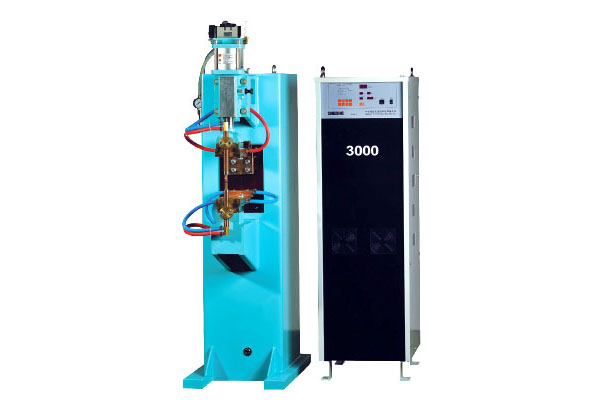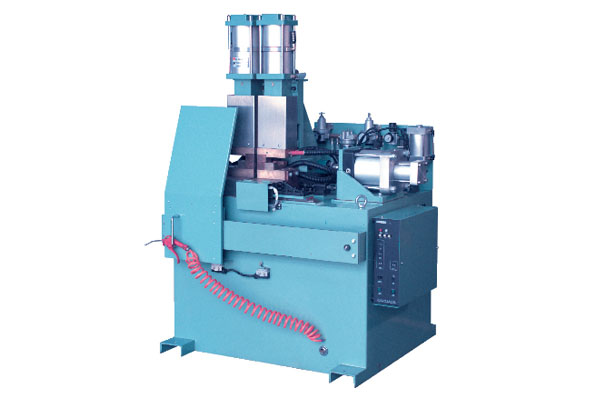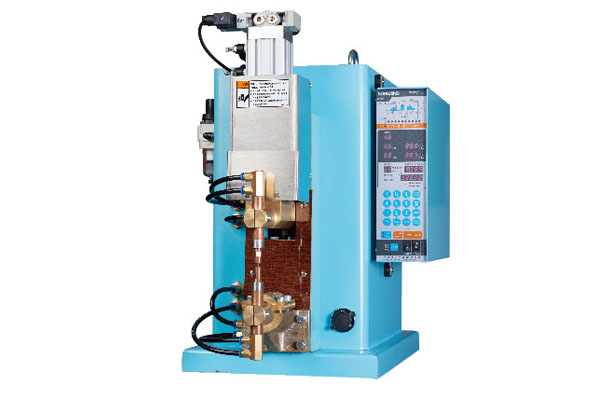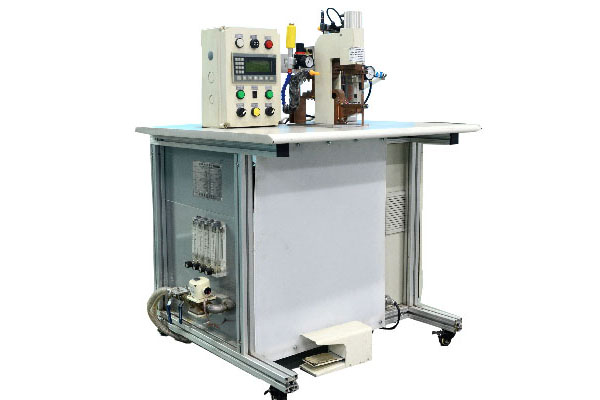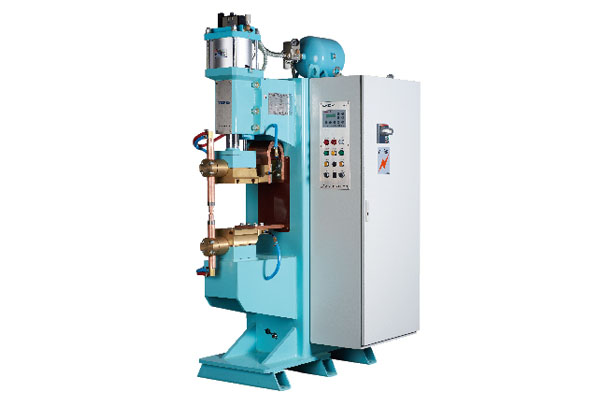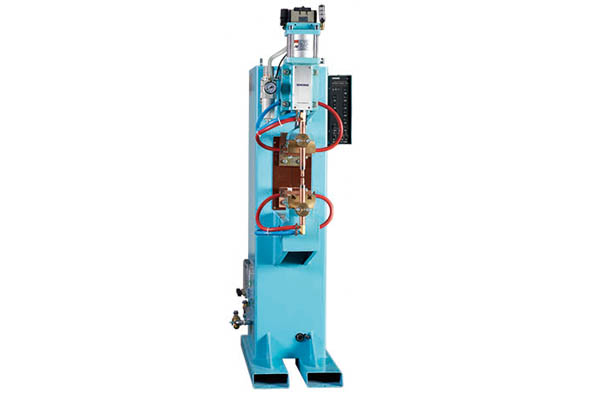News & Technicals
Welding Stress Change and Curve of Intermediate Frequency Spot Welder
In the early stage of the intermediate frequency spot welder, due to the welding pressure, the crystal grains in the crystallographic direction and the stress direction are the first to cause movement, and as the welding current cycle continues, the welding spot displacement appears.
Until the displacement of the solder joint cannot be restored, this phenomenon is called the accumulation of the solder joint position, followed by the occurrence of shear microcracks on a certain displacement surface. At the beginning, the microcracks of the displaced weld nugget stop at the grain boundaries of the grains, and the cracks begin to expand when the local plastic deformation of the adjacent grains exceeds a certain critical value.
Under the microscope, the weld nugget of the intermediate frequency spot welding machine is observed in the cross section of the initial crack formation, and the intrusion and extrusion of the crystal grains can be seen. The direction of squeezing and squeezing is not consistent with the development direction of macroscopic cracks, and the bad side shows a chaotic stripe shape.
In the second stage, the crack growth process consists of the expansion of the stretched stripe surface and the growth of the crack and the cycle of the closed pattern caused by compression, and it expands in a direction substantially perpendicular to the direction of the load. When the crack expands, ductile slippage can be seen on the crack surface. Shape, in the shape of concentric circles with bright lines under the microscope.
The third stage is close to failure. As the crack expands, the stress concentration on the surface expands, and the expansion rate becomes faster and faster, until the crack loses its stability and leads to the destruction of the structure.
Send Message
Premium Product
Catalogue
News & Technicals
Structure of Nut Electrode of Intermediate Frequency Spot Welder
Analyze the Electrode of the Intermediate Frequency Spot Welder
Analyze the Influence of the Welding Point Distance of the Spot Welder
Function of Butt Welding Machine Inspection System
Contact Us
Email: info@resistancewelder.com
Tel: 0086-185-6889-5678
Factory: No.81 Donghui Second Street, Huangpu District, Guangzhou

